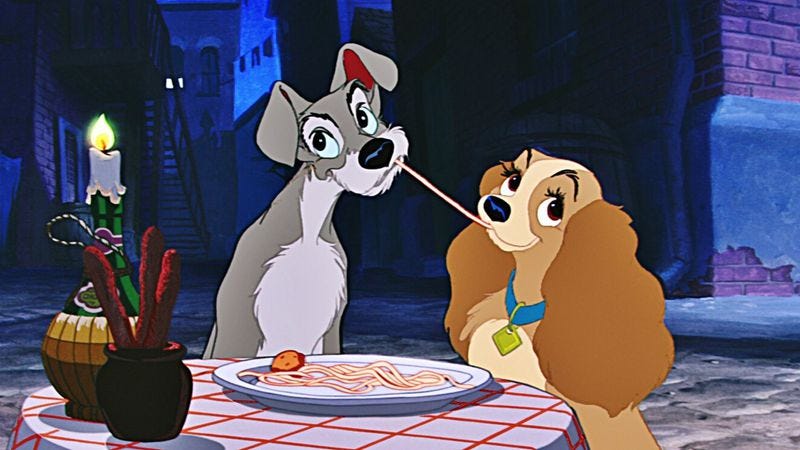The Olympic Games are an event that has become
synonymous with excellence, team work, and overcoming the odds. Perhaps no
Olympic team has defied expectations with the originality and sheer hilarity of
male pair skaters Jimmy McElroy and Chaz Michael Michaels in the 2007 comedy Blades of Glory. At once an uproarious
satire of Olympic sports and a valentine to sports films, Blades of Glory is a comedy that goes for the gold.
The story begins with judges’ darling Jimmy (John
Heder) facing his rival, fan favorite Chaz (Will Ferrell) in the Olympics. Both
skaters turn in flawless performances; leaving skating’s ‘little orphan awesome’
and ‘lone wolf’ in a tie for the gold. Outraged at the prospect of sharing the
title, they begin bickering in the midst of the medal ceremony in what
escalates to a brawl that leaves both permanently banned from male figure
skating. Years later, both hit hard times as Jimmy struggles to make ends meet
selling skate equipment, while Chaz battles alcoholism and sex addiction as he
drifts between kiddie skating shows. When Jimmy’s former coach, Robert (Craig T
Nelson) approaches them with the unorthodox plan of returning to skating as a
pair team, Jimmy and Chaz scoff at the idea. The lure of the ice proves too
strong for both skaters to resist, however, as they embark upon an Olympic journey
that is easily one of the most outrageous in sports history.
Through its by turns slapstick and sentimental
approach, the film captures figure skating at its most ridiculous, while
simultaneously showcasing the skill, teamwork, and perseverance that have
helped make it an Olympic fan favorite. The gags surrounding the extravagant
costumes, dramatic music, and over-the-top artistic gestures that have becomes skating
hallmarks will have even casual viewers laughing out loud. Similarly, the references to the incomprehensible scoring
system, and skating greats past and present will have ice aficionados roaring
with laughter. Even in the mist of its most outlandish shenanigans, however,
the film’s humor avoids attacking the sport by also paying tribute to its most admirable
qualities as well as those of its competitors. This homage to all things ice
shines through in the film’s depiction of the grueling training that athletes
undergo, the pressures that they face, and the devoted fans that they win over.
The film’s highest tribute to the sport by far, however, is its surprisingly inspiring
portrayal of the bond between Jimmy and Chaz. Through its unique approach, the
film merges the very best in comedy and sports cinema for a viewing experience
that is truly glorious.
While the film’s premise made its script ripe with
comedic potential, it is the expert performances of the cast that brings its slapstick
world of sports to riotous life. Craig T Nelson is excellent in his
straight-man role as dedicated coach, Robert. Amy Poehler and Will Arnett are
wonderfully wicked as Jimmy and Chaz’s greatest rivals, the creepily close Van
Waldenberg siblings. Jenna Fischer turns in an impressive transition from
television to film as the Van Waldenberg’s conflicted younger sister, Katie.
Nick Swardson is endlessly entertaining in his role as the duo’s biggest
fan/stalker, Hector. Even while surrounded by superb performances, the film
belongs to Ferrell and Heder as ultimate odd couple Jimmy and Chaz. Heder’s
wide-eyed innocence is a perfect complement to Ferrell’s bad-boy machismo.
Together, the two make a comedy team that is unbeatable on or off the ice.
Through its hilarious send-up of all things figure
skating, Blades of Glory is an
Olympic level comedy. The film’s combination of an uproarious script and
expertly comedic performances ensure that it has plenty to offer both comedy
devotees and skating connoisseurs alike. For a winning comedy, hit the ice with
Chaz and Jimmy in Blades of Glory.






